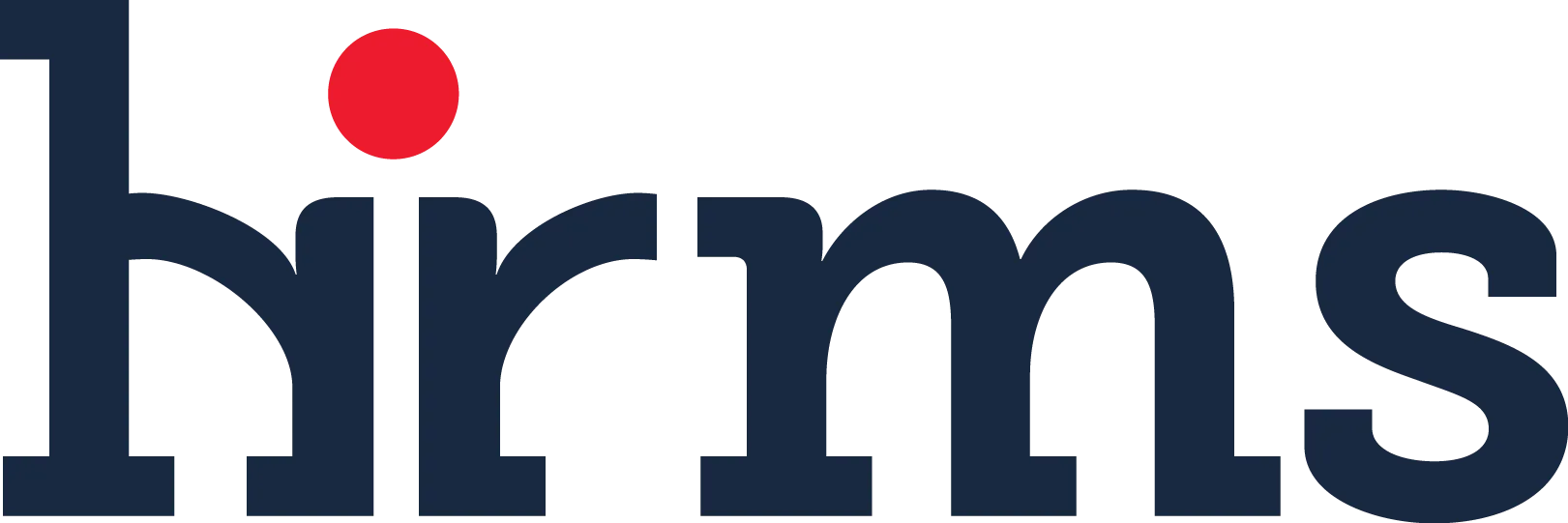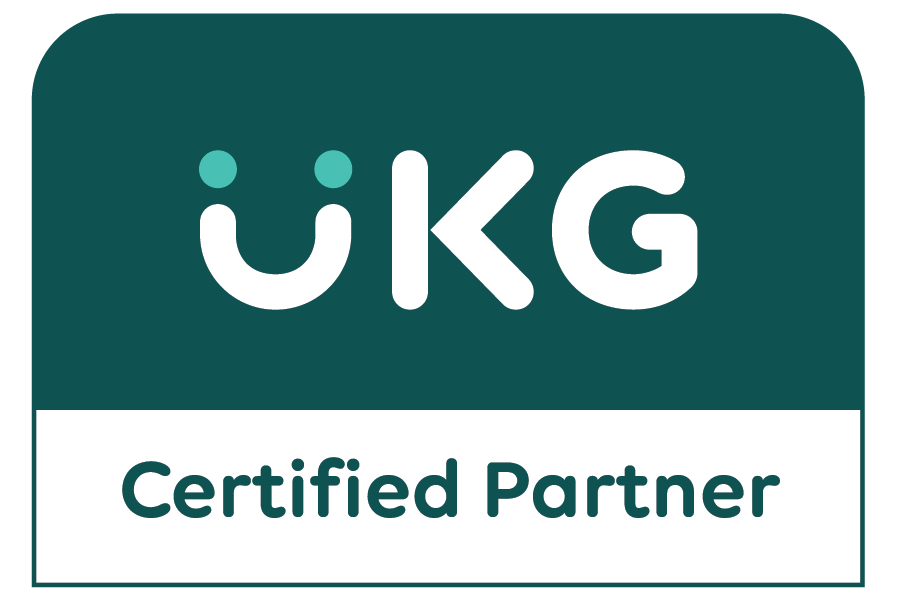THE HRIS DREAM: THE NEXT BIG THING
Ahhhh, “The HRIS Dream”
They say dreams don’t come cheap, or that they don’t come true. Yet everyone still wants them.
Does “The HRIS Dream” even exist?
I’m not talking about the 90’s Dream when Larry Ellison (Oracle) and Dave Duffield (PeopleSoft) were pitching ERP (Enterprise Resource Planning) as “The Dream” that would revolutionize the front and back-office. That dream took a small army of technical resources to deploy, learn and maintain. Many would refer to it as “The Nightmare”, not “The Dream”. So what is today’s software dream?
“The HRIS Dream” I’m referring to is an eco-system built using cloud-based technology that allows Independent Software Vendors (ISV’s) to develop their unique applications on a common platform, working in harmony with every other ISV that deploys on the same platform. In essence, all of these vendors are on the same team. The industry refers to this eco-system as PaaS or Platform as a Service.
“The Dream”, as I call it, can mean different things to different people however.
For example, “The Dream” for a VP of HR could be an end-to-end suite of HR modules, such as Recruiting, Onboarding, Core HR, Benefits, Attendance, Performance and Compensation Management, Succession Planning and Learning Management, plus powerful reporting and analytical tools.
Ask any CFO about his or her enterprise software dream and the answer may be quite different. I typically hear from CFO’s that their dream is to have a financial suite that includes Accounting, Payroll with Electronic Services (e.g. payroll tax filing, direct deposit and sales tax automation); a Professional Services Automation (PSA) tool with Resource Planning, Billing and Invoicing; Travel & Expense Management; full Compensation Planning (budgeting, monitoring, and team collaboration), and very strong Compliance Management and Reporting.
THE CLOUD-BASED ECO-SYSTEM AND ITS ROLE IN FULFILLING THE DREAM
The most famous of all cloud eco-systems is Apple® iTunes®. The original architects behind iTunes (Steve Jobs and Marc Benioff) wanted to build a cloud-based portal that would allow anyone who owned an Apple device to access a common platform for music, videos, games, applications, etc. This five year old B2C eco-system, which Apple just celebrated in July, now includes hundreds of thousands of different vendors. All of these vendor’s products or applications reside on Apple’s powerful cloud platform. Consumers never have to worry about upgrades or new releases because of the common architecture and simplicity for the end-user. iTunes has been amazingly successful, extremely profitable and revolutionary in its approach for simplicity and ease of use. It is no secret that Apple’s iTunes eco-system has set the bar for innovation, and has created a new standard for how consumers interact with technology.
Enter Salesforce.com®. For most, Salesforce.com (SFDC) is synonymous with Customer Relationship Management (CRM) – a collaborative, front-office, cloud-based application designed to help automate and manage an organization’s sales process (e.g. prospects, customers, opportunities, campaigns, communications, activities, etc.).
WHAT DOES A CRM VENDOR HAVE TO DO WITH “THE DREAM”? THE ANSWER…..NOTHING AND EVERYTHING!
SFDC is approaching its 16th year in business, employs almost 10,000 people and is a pioneer in cloud-based technology. Benioff’s vision was to offer businesses the ability to access a CRM application via a browser back in February 1999. (Think about how visionary that concept was back then, when most people were thinking about just fixing Y2K issues). No software or hardware! People were probably giggling at him when he presented the idea. I’m sure that no one is laughing at his 3 billion dollar company now, which is ranked as one of the most innovative companies in America by Forbes magazine, and just signed a strategic relationship with Oracle.
BUT WHERE DOES HRIS TECHNOLOGY COME INTO PLAY WITH SFDC? AND WHAT DOES SFDC HAVE TO DO WITH HR TECHNOLOGY?
SFDC had nothing to do with HR technology until they announced the acquisition of Rypple – a social performance platform. This caught my attention and I wondered why SFDC bought this company. Was this the start of them building an HRIS solution? Were they going to try and compete with Workday and Oracle?
Rypple was a cloud-based social performance management platform that helped managers and employee improve the performance review process in a new and very progressive way. There wasn’t enough horse power to call it a HRIS, since it lacked many of the basic components an HR professional needed to manage their workforce (the list would be lengthy). Today, SFDC has rebranded this solution and has called it Work.com. It is focused on helping Sales professionals, rather than being an enterprise wide tool for managing performance reviews, throughout the entire organization. SFDC will need to do more if they plan to sell this as an HRIS because Work.com is limited.
But here is where it gets really interesting and we start to see an innovative shift that does impact HR.
SFDC has its own version of iTunes called the AppExchange. The AppExchange works exactly the same way iTunes does, except that it is focused on B2B and offers businesses access to hundreds of Apps to help solve their specific business issues. And by allowing ISV’s to build their specific applications on the Force.com platform (force.com is a cloud computing platform as a service offered by Salesforce.com), it’s the first of its kind to allow developers to build multi-tenant applications hosted on their server as a service, eliminating the need for developers to code for the infrastructure and allowing all of them to focus on the user experience.
For HR, Finance and Payroll Professionals, the SFDC platform now offers specific solutions for Recruiting, HRIS, Financials, Travel & Expense, and PSA, just to name a few. Vendors like JobScience, Fairsail, Concur and FinancialForce have all built their unique applications on the Force.com platform, and as a result, share many of the same characteristics (e.g. object oriented architecture, database, reporting and analytical tools), even though each vendors’ application specializes in very different end-user tasks.
This innovative “iTunes” approach is the future. And, software vendors are spending billions to create or acquire their own eco-system for what I am calling “The Dream”.
DOES ANYONE OFFER “THE HRIS DREAM” TODAY?
This depends on who you ask. I don’t think “The HRIS Dream” is fully baked yet, but I do believe a few vendors might be getting close. Vendors like SFDC are way out in front with a mature platform, and feature rich vendors such as Fairsail, Jobscience, Cornerstone for Salesforce, FinancialForce and Xactly are putting the pieces together quite nicely. NetSuite is also in a good position to offer “The Dream” and continues to accelerate its features and partnerships. It’s hard to call Workday, ADP, SuccessFactors, Ceridian, or Oracle a true development eco-system since they do not allow ISV’s to develop applications on their platform (PaaS) – at least not yet.
One thing is for sure, “The Dream” is on a lot of peoples’ minds and is starting to come true.





